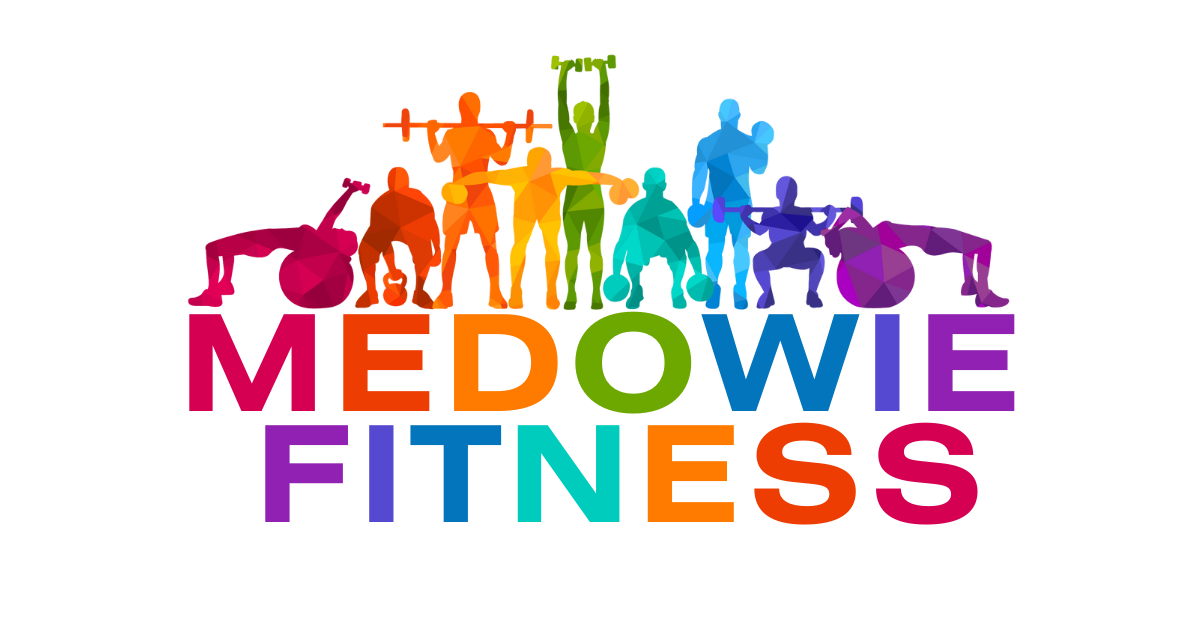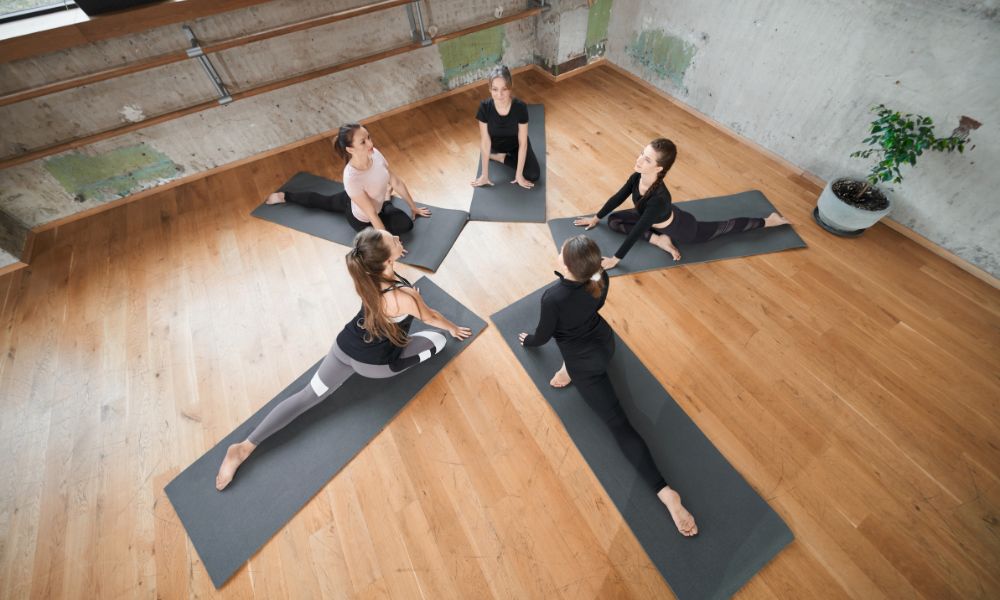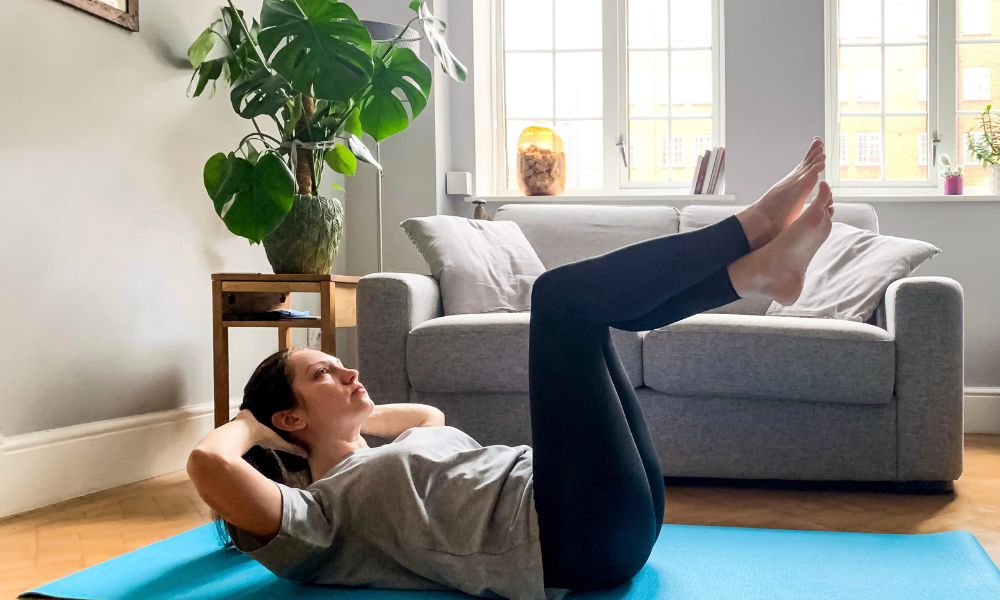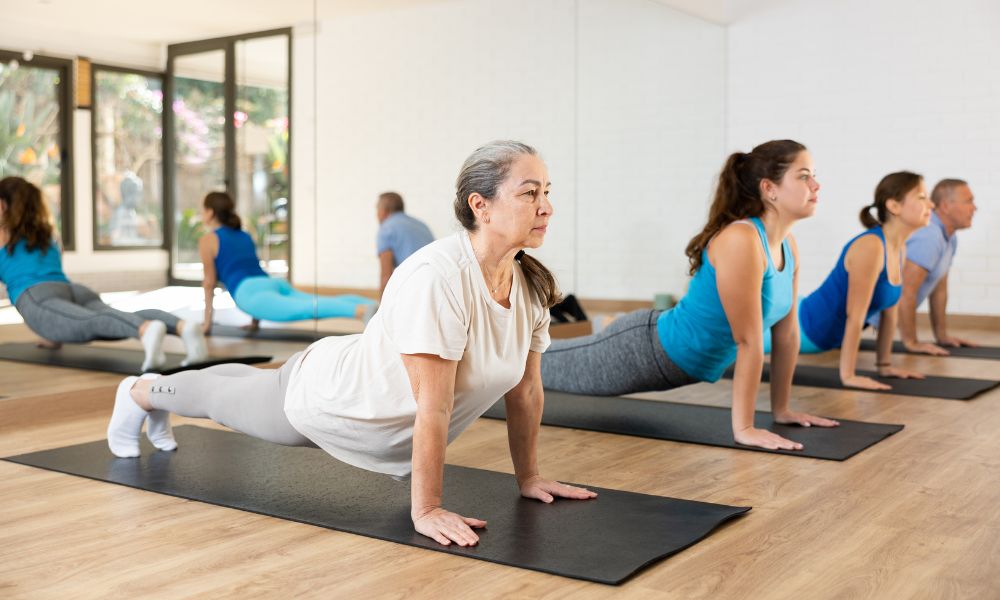Many of us find ourselves in the classic Aussie conundrum – trying to squeeze a decent workout into schedules chokers with work, family commitments, and the odd barbie or footy match.
That’s where High-Intensity Interval Training (HIIT) comes into play, staking its claim as a bit of a lifesaver for those among us keen on staying fit without needing to dedicate hours we frankly don’t have.
Our mob’s been right in the thick of it, hunting down that sweet spot between keeping active and navigating a hectic lifestyle. And you know what? Research is on our side, showing HIIT can jack up your oxygen consumption by as much as 9% in just weeks – we’re talking gains you’d normally expect from more drawn-out endurance training! We’ve sunk our teeth into uncovering how HIIT could be just the ticket for anyone looking to overhaul their fitness routine without chucking out their existing timetable.
This yarn will walk you through the ins and outs of this ripper training method, armed with solid tips for weaving it into your already jam-packed schedule. Keen to flip your fitness game on its head? Then keep your eyes peeled!
Key Takeaways
- HIIT fits perfectly into busy schedules because you can do quick and intense workouts anywhere with little to no equipment. This makes it easy for anyone to stay fit, even if they don’t have much time.
- Doing HIIT can help burn more calories compared to regular exercises through short bursts of high – intensity activities followed by rest periods. This leads to improved fitness, weight loss, muscle gains, and better heart health without spending hours working out.
- Mixing HIIT with other exercises like yoga or strength training creates a full workout plan that keeps exercise interesting and prevents burnout. It’s important for overall health and keeping up the motivation for working out regularly.
- People new to exercising or those with certain health issues should talk with a doctor before starting HIIT. Starting slowly and focusing on doing the movements correctly helps avoid injuries.
- Choosing an exercise routine should depend on what suits your lifestyle and preferences best. Making sure the workouts are something you enjoy ensures you stick with them over time, leading to long-term fitness success.
What is High-Intensity Interval Training (HIIT)?
High-Intensity Interval Training (HIIT) involves short bursts of intense exercise followed by brief rest or recovery periods. It’s a form of workout that alternates between high-intensity and low-intensity activities to help maximise the benefits of exercise in a shorter amount of time.
Explanation of HIIT
High-Intensity Interval Training (HIIT) involves short bursts of intense exercise followed by brief rest periods. This type of workout gets your heart rate up and improves fitness fast.
We mix activities like sprinting, jumping jacks, and other stamina-building exercises with moments of rest or lower-intensity exercise. The aim is to push the body’s limits in a short amount of time.
We love HIIT for its flexibility and efficiency. You can do these workouts anywhere – at home, in the park, or at a gym – without needing lots of equipment. Plus, adjusting the intensity makes it suitable for both beginners and those more experienced with intense training.
It’s all about getting maximum results in minimal time, making it perfect for busy lifestyles.
The Top 5 Benefits of HIIT
HIIT offers quick and effective workouts that fit busy schedules without compromising results, making it perfect
for those with limited time.
Effective for busy lifestyles
High-Intensity Interval Training (HIIT) offers effective workouts for busy schedules. It involves short, intense bursts of exercise with minimal rest periods, making it a time-efficient option for those with hectic lifestyles.

With HIIT, you can achieve fitness fast and reap the benefits of cardiovascular endurance, weight loss, muscle gains, and strength in shorter workout durations. This dynamic training method not only saves time but also provides an efficient way to stay physically fit amidst a bustling routine.
Increased calorie burn
Incorporating high-intensity interval training (HIIT) into your fitness routine effectively burns more calories compared to traditional workouts. Quick bursts of intense exercise followed by short rest periods significantly elevate your heart rate, causing your body to continue burning calories even after you’ve finished exercising.
This calorie-burning effect, known as excess post-exercise oxygen consumption (EPOC), helps in torching more calories throughout the day, making HIIT an efficient option for busy people seeking quick fitness results.
By engaging in high-intensity intervals during your workouts, you can maximise your calorie burn and make the most of your time spent exercising. HIIT benefits include increased metabolic rate and enhanced fat burning, making it a suitable choice for those with limited time for long workout sessions.
Improved cardiovascular health
Improved cardiovascular health is a significant benefit of HIIT. Engaging in high-intensity interval training enhances heart function, promotes better blood circulation, and boosts overall cardiovascular endurance.
This means improved stamina for all your physical activities and a reduced risk of heart-related illnesses, contributing to an overall healthier lifestyle.
The increased demand placed on the heart during HIIT workouts stimulates the development of new blood vessels and improves the efficiency of oxygen transport throughout the body. Overall, this results in enhanced cardiovascular health, which is crucial for maintaining physical fitness and overall well-being.
Better sleep quality
High-Intensity Interval Training (HIIT) is linked to better sleep quality. This form of exercise can contribute to more restful and deeper sleep, aiding in overall recovery and improved energy levels during the day.
HIIT promotes increased production of serotonin, a hormone that helps regulate sleep patterns, leading to better quality sleep. The incorporation of HIIT into your routine might lead to noticeable improvements in your sleeping patterns.
Muscle building
Transitioning from improved sleep to muscle building, let’s explore the benefits of high-intensity interval training (HIIT). HIIT is effective for building lean muscle mass due to its combination of intense bursts of exercise and short recovery periods.
This type of workout stimulates the release of human growth hormone, promoting muscle growth and strength. Incorporating resistance training into your HIIT routine can further enhance muscle gains and improve overall muscular endurance.
By engaging in brief but intense workouts, you can efficiently build and sculpt muscles while catering to a busy schedule.
Incorporating resistance exercises such as push-ups, squats, or lunges during HIIT sessions offers an effective way to promote muscle development without dedicating extensive time to traditional weightlifting.
How to Incorporate HIIT into a Busy Schedule
Incorporating HIIT into a busy schedule is achievable through short workout durations, at-home options, and combining it with other forms of exercise. For more details on maximising the benefits of HIIT for your active lifestyle, continue reading the full blog.
Short workout durations
Short workouts are beneficial for busy schedules. They provide an effective way to stay active without taking up too much time. Incorporating high-intensity interval training (HIIT) into your routine can offer great results in just 20-30 minutes.
These short bursts of intense exercise followed by brief rest periods maximise efficiency and make it easier to fit a workout into your day.
High-intensity interval training allows for quick yet powerful sessions, making it perfect for those with jam-packed agendas. With HIIT, you can achieve a challenging full-body workout in a shorter amount of time.
At-home options
For at-home options, try high-intensity interval training (HIIT) workouts that require minimal equipment. Use bodyweight exercises such as squats, lunges, push-ups and burpees to get your heart rate up in short bursts.
You can also incorporate HIIT into your routine with online workout videos or apps that offer guided HIIT sessions. Look for routines that include a combination of strength and cardio exercises for a full-body workout.
If you prefer outdoor activities, consider running or cycling intervals within your neighbourhood or at a nearby park. Tabata-style workouts are another great at-home option, involving 20 seconds of intense exercise followed by 10 seconds of rest.
Combining HIIT with other forms of exercise
To maximise results, consider integrating HIIT with other types of exercise. The combination can provide a well-rounded workout experience and prevent burnout. It is achievable through activities like yoga for flexibility or strength training for muscle development.
Variety ensures overall fitness while preventing monotony in workouts, keeping things interesting.
Integrating HIIT with other exercises brings diversity to your routine, promoting holistic fitness without monotony. Incorporating activities such as yoga or strength training alongside HIIT can provide a balanced approach and prevent workout burnout.
Is HIIT Right for You?
Is HIIT the right fit for you? Considerations for beginners and consulting with a doctor about pre-existing

conditions are crucial.
Considerations for beginners
For beginners, start slowly and gradually increase intensity.
Focus on form and listen to your body. Modified exercises may be necessary at first. Prioritise rest
days between HIIT sessions. If you’re new to fitness or have underlying health issues, consult a healthcare professional before starting HIIT. Take time to understand the demands of HIIT and don’t push beyond your limits too soon.
Pre-existing conditions to consult with doctor
Before starting HIIT, consult your doctor if you have pre-existing conditions such as heart disease, high blood pressure, diabetes, or any musculoskeletal injuries. This is crucial for your safety and to tailor the exercise to suit your individual needs.
Taking this step can prevent potential health risks and ensure that HIIT is appropriate for you.
It’s important to discuss any existing health concerns with a healthcare professional before diving into intense interval training. Your doctor can provide guidance on whether HIIT is suitable for you based on your specific medical history and overall health status.
Personal preference and sustainability
When considering HIIT, it’s all about finding what works for you and your lifestyle. Whether you prefer the intensity of short bursts of exercise or have sustainability at the forefront of your fitness journey, personal preference plays a key role.
It’s important to choose a workout routine that aligns with your preferences and is sustainable in the long run, ensuring that you stay motivated and committed to achieving your fitness goals.
Sustainability in HIIT can be achieved through diverse workouts, adapting to individual needs, and integrating it seamlessly into your busy schedule.
Ready for a Challenge? Secure Your Spot in Our Next HIIT Session Now!
We’ve explored the significant benefits of High-Intensity Interval Training. The practical and efficient nature of HIIT makes it perfect for busy lifestyles. Embracing these approaches can lead to substantial improvements in fitness and overall well-being.
For further guidance, seek tailored resources or expert advice to continue your journey. Remember, with dedication and perseverance, achieving your fitness goals with HIIT is within reach.
